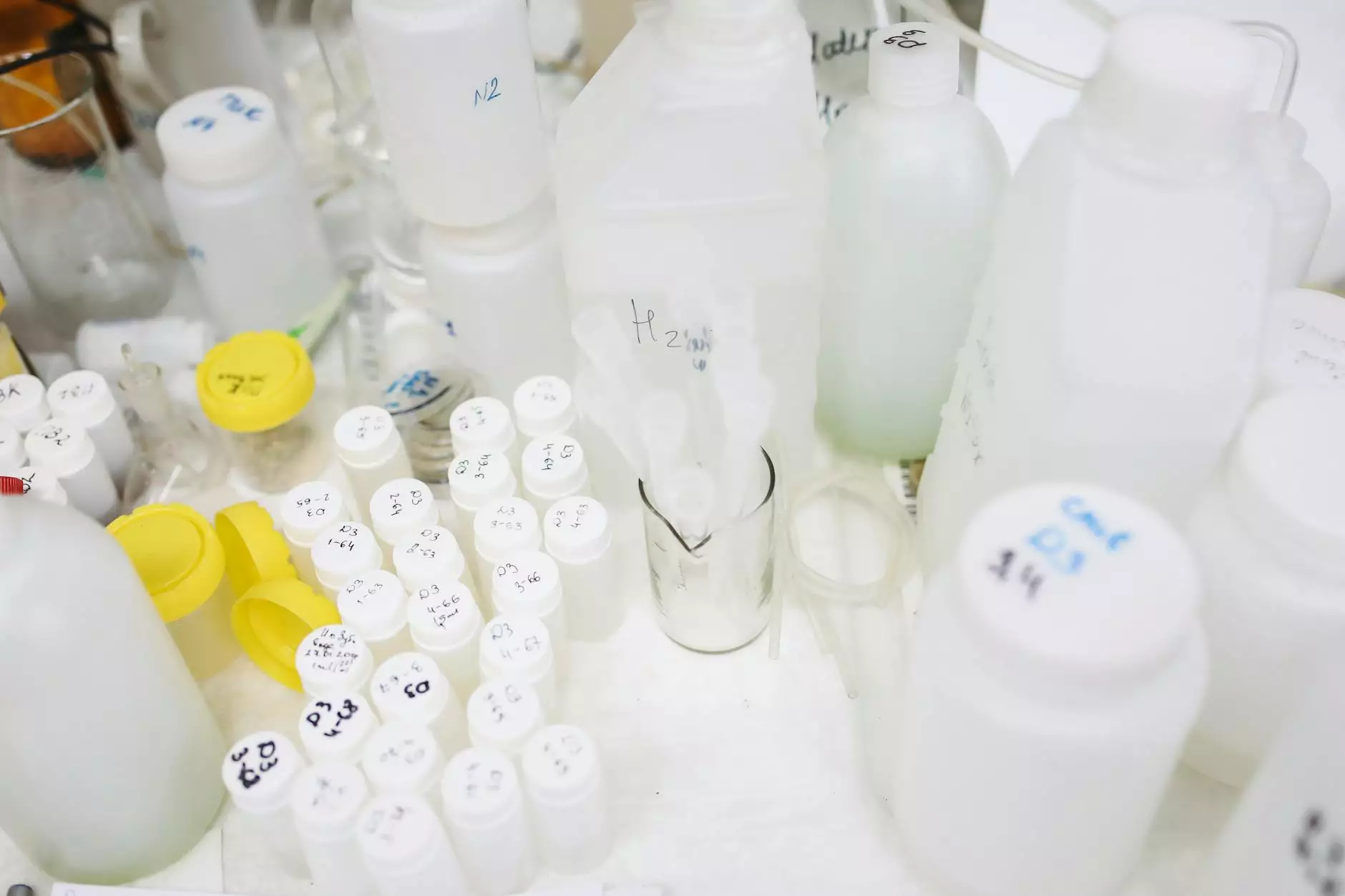The Future of Clean Water: 3D Printed Water Filters

In an era where clean water is becoming increasingly scarce, 3D printed water filters are emerging as one of the most innovative solutions to the global water crisis. With the ability to create customized filtration systems that meet specific needs, 3D printing technology is transforming the way we think about water purification. This article delves deep into the many facets of 3D printed water filters, exploring their benefits, applications, and the technology that powers them.
Understanding 3D Printing Technology
Before diving into 3D printed water filters, it’s essential to understand 3D printing technology itself. 3D printing, also known as additive manufacturing, is a process where materials are joined together to make objects from digital 3D models. This method allows for the creation of complex geometries that traditional manufacturing processes cannot achieve.
How 3D Printing Works
The process of 3D printing involves several key steps:
- Designing the Model: Using CAD (Computer-Aided Design) software, engineers design a model of the water filter.
- Slicing the Model: The 3D model is then sliced into thousands of horizontal layers using slicing software.
- Printing: The 3D printer lays down one layer of material at a time, gradually building the object.
- Post-Processing: Once printing is complete, the filter may need to be cleaned or cured to enhance its durability.
The Importance of Clean Water
Access to clean water is a fundamental human right, yet billions of individuals worldwide lack reliable access to potable water. Waterborne diseases remain a leading cause of mortality in developing countries, highlighting the urgent need for effective water purification solutions.
Statistics on Water Pollution
Here are some alarming statistics on global water pollution:
- Approximately 2 billion people live in countries experiencing water scarcity.
- Every year, more than 2 million deaths are attributed to water-related diseases.
- Over 80% of wastewater is released into the environment without adequate treatment.
What Are 3D Printed Water Filters?
3D printed water filters are specialized filtration systems created using additive manufacturing techniques. These filters are often designed using geometries that maximize surface area, enhancing their filtration capacity. The materials used in these filters can vary, including biodegradable plastics, ceramics, and even metals – each chosen for its specific filtration properties and environmental impact.
Key Features of 3D Printed Water Filters
- Customization: Filters can be tailored to meet specific contaminant removal needs, making them ideal for different geographic locations.
- Affordability: The cost of producing 3D printed water filters can be significantly lower than traditional methods, making clean water more accessible.
- Sustainability: Many 3D printed filters utilize sustainable materials, contributing to a greener manufacturing process.
Advantages of 3D Printed Water Filters
The advantages of using 3D printed water filters are numerous and significant:
1. Cost-Effectiveness
3D printing reduces material waste and manufacturing costs, translating to lower prices for consumers. This is particularly important in regions where access to clean water is a existing challenge.
2. Scalability
3D printing enables manufacturers to produce filters in varying sizes, making it easy to scale production up or down based on demand. This flexibility is crucial in disaster relief situations where clean water access is urgent.
3. Rapid Prototyping
With 3D printing, researchers and engineers can rapidly prototype and test new designs for water filters, speeding up the innovation process and leading to better, more effective solutions.
4. Increased Filtration Efficiency
3D printed filters often incorporate complex structures that enhance their ability to trap contaminants, leading to superior filtration efficiency. These filters can effectively remove various pollutants, including bacteria, viruses, and heavy metals.
Applications of 3D Printed Water Filters
3D printed water filters are versatile and can be applied in several settings:
1. Household Use
For families, having access to a 3D printed water filter can mean the difference between drinking clean water and risking health issues. These filters can be designed to fit seamlessly into existing kitchen setups.
2. Humanitarian Aid
In crisis situations, such as natural disasters, 3D printed water filters can be deployed quickly to provide safe drinking water to affected populations, greatly reducing the incidence of waterborne diseases.
3. Industrial Applications
Industries that require high-purity water for manufacturing processes, such as pharmaceuticals or electronics, can utilize 3D printed filters designed to meet strict purification standards.
4. Environmental Remediation
These filters can also be used to aid in the cleanup of contaminated water sources, offering an innovative solution for environmental protection.
Case Studies: Successful Implementations of 3D Printed Water Filters
Numerous organizations and researchers are leading the way in the development of 3D printed water filters. Here are some notable case studies:
1. Air Force Research Laboratory
The Air Force Research Laboratory has successfully developed a portable 3D printed water filter that meets military standards. This filter is compact, lightweight, and designed for rapid deployment in field conditions, ensuring that service members have access to safe drinking water.
2. University Collaborations
Various universities have partnered with NGOs to create 3D printed filters tailored for regions with unique water contamination issues. These projects not only provide immediate solutions but also empower local communities by training them to create and maintain the filters themselves.
Future Prospects for 3D Printed Water Filters
The future looks promising for 3D printed water filters as technology progresses. Key trends to watch include:
1. Advancements in Material Science
With the development of new materials, the effectiveness and durability of 3D printed filters will continue to improve, enabling them to handle a wider range of contaminants.
2. Integration with IoT
Integrating 3D printed filters with Internet of Things (IoT) technology can lead to smart filtration systems that monitor water quality in real-time, providing data to users and ensuring optimal performance.
3. Wider Adoption in Emerging Markets
As awareness of the benefits of 3D printed filters grows, we can expect wider adoption in emerging markets where clean water access is most critical.
Conclusion: Why Choose 3D Printed Water Filters?
The challenge of providing clean water to people worldwide is immense, but solutions such as 3D printed water filters offer hope. With their customizability, affordability, and efficiency, these innovative systems hold the potential to revolutionize water purification. By harnessing the power of technology, we can make significant strides toward achieving global clean water accessibility and ultimately save countless lives.
As we continue to innovate and improve these technologies, it is crucial for individuals, communities, and governments to support and invest in the development of 3D printed solutions to ensure a sustainable future for clean water.









